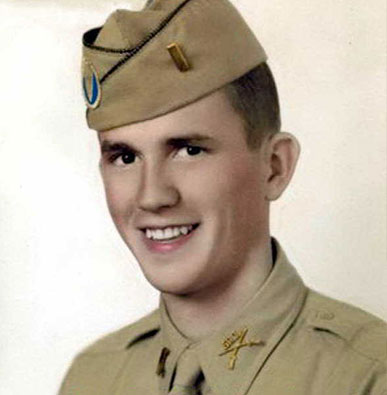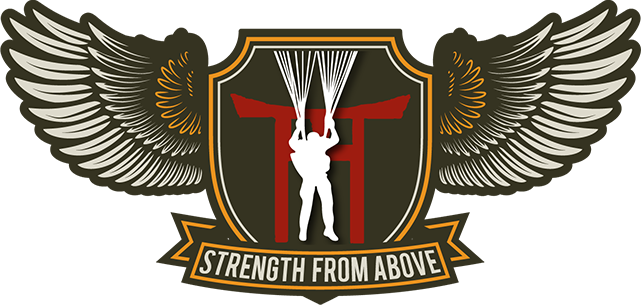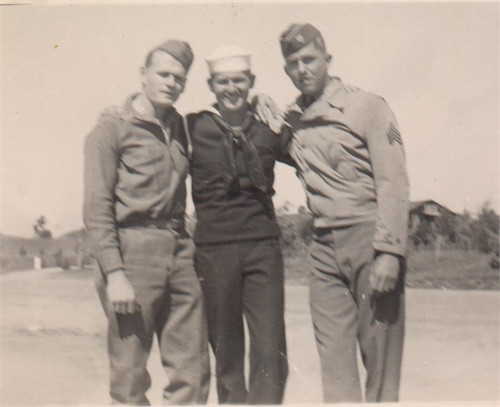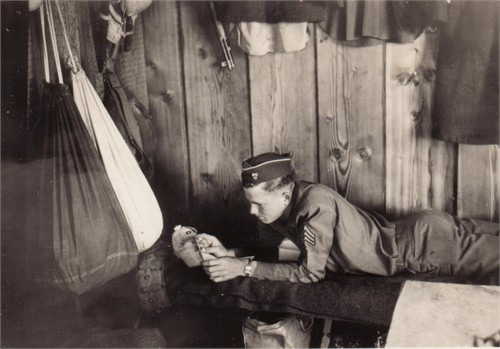Lt. Kannely, Walter Edward

Platoon Leader, 2nd Platoon, D Company, 511th PIR - KIA
February 20, 1920 - August 12, 1945 (Age 25) - Gravesite
Citations: Bronze Star with Oak Leaf Cluster, Purple Heart with 2 Oak Leaf Clusters, Combat Infantryman Badge
Bio: California-native Walter Edward Kannely was an original Toccoa-man who joined the 511th Parachute Infantry Regiment while it was first forming at Camp Toccoa, Georgia in January of 1943. Assigned to Company D, Walt became Platoon Leader, 2nd Platoon, a position he filled with distinction through the company's brutal campaigns on Leyte and Luzon where Walt earned the Bronze Star with Oak Leaf Cluster and was wounded three times before he was killed in a plane crash on August 12, 1945 outside Lipa, Luzon, Philippines Islands.
Before joining the 511th PIR, there is some indication that Walt was attached to the 505th Parachute Regiment at Fort Benning, Georgia before its cadre became part of the 511th. After joining the 511th, Walter took part in the historic Knollwood Maneuvers in December of 1943, then helped his platoon prepare for combat before they sailed to New Guinea in May of 1944 where the 511th spent five months undergoing theater training.
The 11th Airborne Division then sailed for Leyte where Walt and the 511th PIR fought up and over Leyte's steep, jungle-covered mountains from Bito Beach to Ormoc Bay, destroying the enemy's main supply line on the island in the process. The regiment then had their first mass combat jump on Tagaytay Ridge roughly 25 miles south of Manila on February 3, 1945. Walt and D Company first encountered the Japanese in Imus at a large stone cathedral where D Company cleared a bridge that allowed the division access into Manila proper where they had to face and eliminate the famous Genko Line. Walt's platoon was front-and-center for much of the regiment's bloody fight to liberate Manila, and then southern Luzon, including the operations to clear Mounts Malepunyo and Macolod.
Walt was killed on August 12, 1945, the day after the 11th Airborne Division heard that it would be the first unit into Japan. In order to move the entire division to Okinawa as quickly as possible, B-24 Liberators of the 22nd Bomb Group were loaded with troopers (by placing plywood boards across the bomb bay ) at the Lipa Airstrip, but this would prove to be a fatal mistake. Lt. Walter E. Kannely and his men loaded into B-24M #44-50795 "Lady Luck" piloted by Captain Jack L. Cook which was one of the first craft to take off. Those waiting along the airstrip were shocked to watch Lady Lucky bounce her right wheel off an embankment and then crash into a rice paddy. As fire enveloped the wreckage the plane’s .50 caliber ammunition began to cook off, sending rounds in every direction.
Undeterred, D Company's new CO and crash survivor 1LT Hoadly Ryan carried a wounded comrade to safety then rushed back into the flames, twice, despite attempts by pilot Cpt. Cook and his copilot to restrain him. Hoadly saved several fellow paratroopers and a handful of the aircrew before Lady Luck blew up, nearly in his face, as he ran back for another attempt. The wounded angel was awarded the Soldier’s Medal, but D Company lost eight good men that day: 1LT Walter E. Kannely, Sgt. Edward F. Caskin, S/Sgt. Howard C. Moshier, T-5 Joseph E. Signor, Pfcs. Leonard L. Tillmann and George Zarr, and Pvts. William Woitas and Arthur Justin. With the war so close to ending, it was a tragic loss.
1st Battalion’s Cpt. Stephen Cavanaugh noted, “What was especially difficult for me was that this was one of the planes carrying men I had led (on) Leyte and Luzon.”
While he lay recovering back in the states, my grandfather 1LT Andrew Carrico learned that his friends Lt. Kannely, S/Sgt. Moshier and T-5 Signor died in the crash, along with others he had fought with and endured such hardships alongside. Tragically Lt. Kannely had been sitting in the bomber’s nose and was trapped in the flames after the crash, and Grandpa often wondered if he would have been in the same plane had he not been wounded on Mt. Bijang.
When Gen. Swing arrived at the crash site, he asked what happened. Cpt. Jack Cook simply responded, “I think the runway is too short.” A somber Swing ordered the rest of the bombers unloaded and had the paratroopers trucked to Manila for flights on regular transports.
On September 18, 1993, Jack Cook was invited to attend the 11th Airborne Association reunion in Portland, Oregon where the former pilot explained that his copilot had likely stood on the brakes during takeoff, tragically preventing the doomed craft from reaching speed.
Walt's comrade, Corporal William R. Walter, quietly described him as a "nice gentleman". From everything I have seen and heard from other troopers, Lt. Kannely was highly-respected by the men he led and by his fellow officers.
While originally buried in the U.S. Military Cemetery Manila #2, Walter's body was reinterred at Hawaii's beautiful National Memorial Cemetery of the Pacific located in the Punchbowl Crater on March 24, 1949.
|
|
|
|
|
To learn more about the 11th Airborne Division in World War II, please consider purchasing a copy of our books on the Angels:

 Walter (on the right) with his brothers Warren (left) and Richard (center)
Walter (on the right) with his brothers Warren (left) and Richard (center) Sergeant Kannely at Fort Benning, Georgia's Airborne School
Sergeant Kannely at Fort Benning, Georgia's Airborne School 2LT Walter Kannely (far right) with 1st Platoon's CO 1LT Andrew Carrico (left) and 2LT Robert Watkins (center) at Dobodura, New Guinea - Summer of 1944
2LT Walter Kannely (far right) with 1st Platoon's CO 1LT Andrew Carrico (left) and 2LT Robert Watkins (center) at Dobodura, New Guinea - Summer of 1944